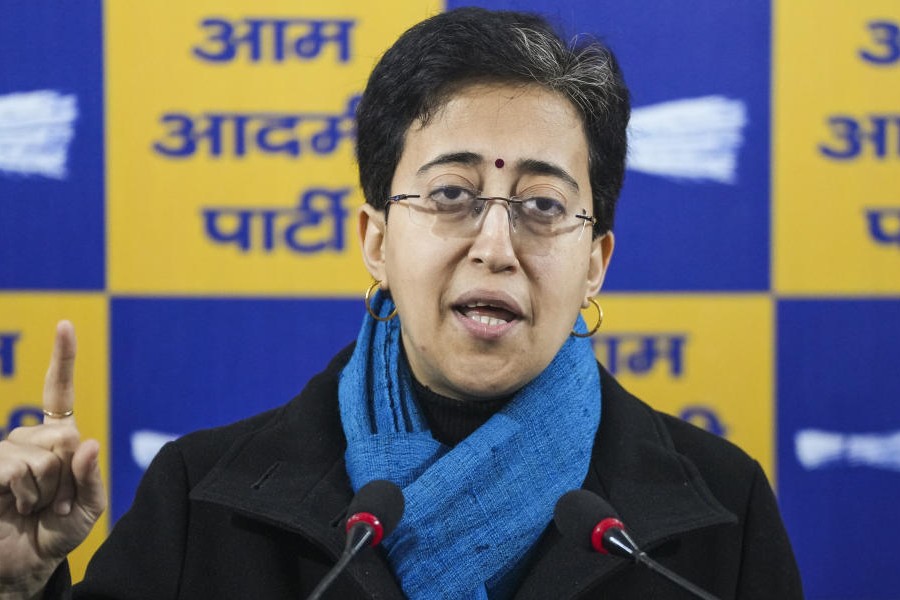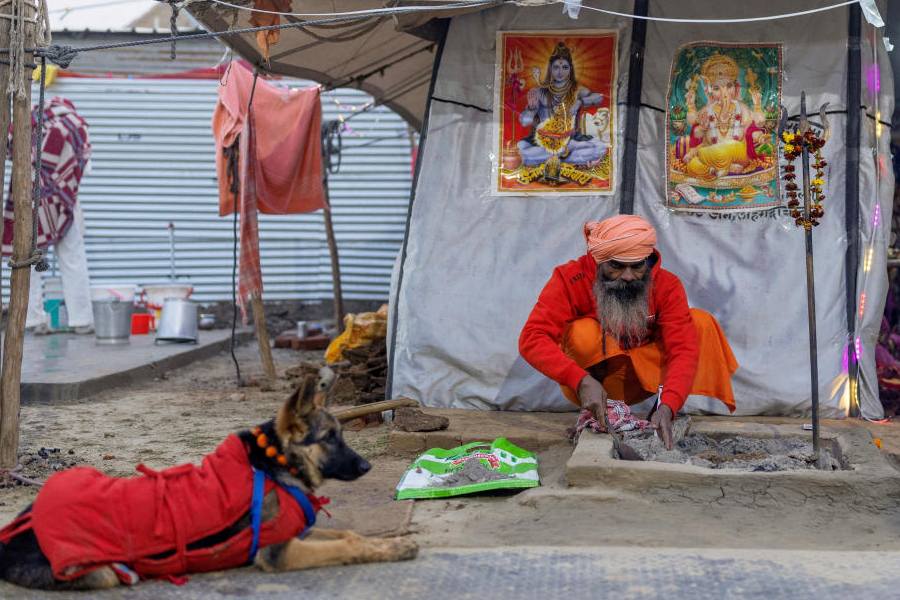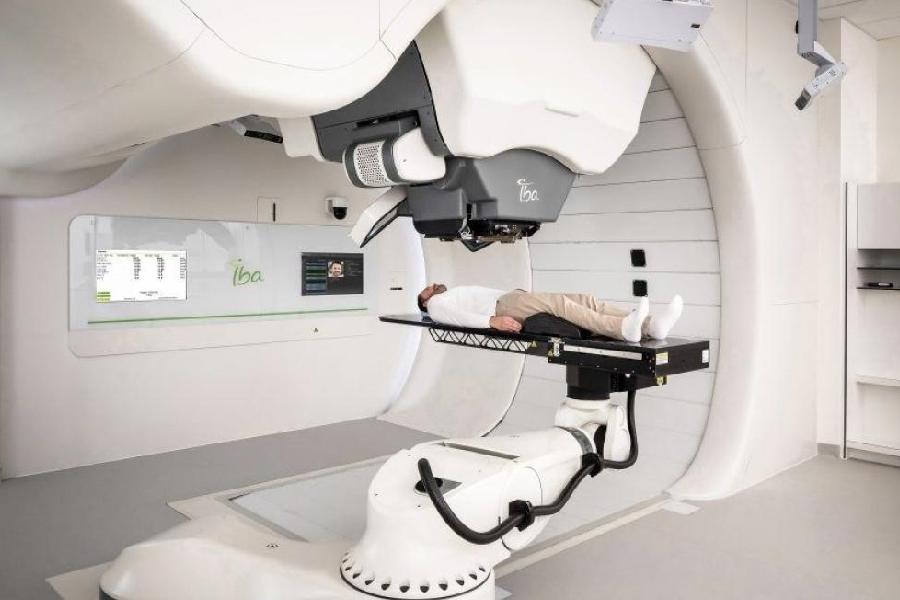The first shot was given in the American mass vaccination campaign on Monday morning, opening a new chapter in the battle against the coronavirus pandemic, which has killed more people in the US than in any other country.
Shortly after 9am (local time) on Monday, the first vaccination took place in Long Island Jewish Medical Center in Queens.
The pandemic has scarred New York state profoundly, leaving more than 35,000 people dead and severely weakening the economy.
“I believe this is the weapon that will end the war,” governor Andrew M. Cuomo said at a news conference on Monday morning, shortly before the shot was given to Sandra Lindsay, an intensive-care nurse. State officials said the shot was the first to be given outside a vaccine trial in the US.
President Trump posted on Twitter: “First Vaccine Administered. Congratulations USA! Congratulations WORLD!”
The vaccinations started after the Food and Drug Administration’s emergency authorisation of the Pfizer-BioNTech vaccine on Friday night, and as the US coronavirus death toll approaches 300,000, with a steady surge in new cases daily.
On Sunday, trucks and cargo planes packed with the first of nearly three million doses of coronavirus vaccine had fanned out across the country, as hospitals in all 50 states rushed to set up injection sites and their anxious workers tracked each shipment hour by hour. But the rollout is less centralised in the US than in other countries that are racing to distribute it.
Across the country, according to General Gustave F. Perna, the chief operating officer of the federal effort to develop a vaccine, 145 sites are set to receive the vaccine on Monday, 425 on Tuesday and 66 on Wednesday.
A majority of the first injections are expected to be given on Monday to high-risk health care workers. In many cases, this first, limited delivery would not supply nearly enough doses to inoculate all the doctors, nurses, security guards, receptionists and other workers who risk being exposed to the virus every day.
Because the vaccines can cause side effects including fevers and aches, hospitals say they will stagger vaccination schedules among workers.
Residents of nursing homes, who have suffered a disproportionate share of Covid-19 deaths, are also being prioritised and are expected to begin receiving vaccinations next week. But the vast majority of Americans will not be eligible for the vaccine until the spring next year or later.
On Monday afternoon at George Washington University Hospital, five of the first vaccinations are scheduled to take place at what the department of health and human services is calling a national ceremonial “kickoff event”.
The five people were selected by an algorithm the hospital is using to assign the first doses, the result of a survey hospital employees filled out that asked about age, underlying medical conditions and the risk they carry in their jobs, according to a federal health official familiar with the planning who was not authorised to speak publicly. The event is intended to demonstrate the way many health workers will be vaccinated this week, the official said.
The kickoff is part of what the official said will be a series of vaccination events featuring top health officials.
The moves come just six days after Britain became the first nation in the world to begin rolling out a fully tested vaccine. Since then, a handful of other nations have approved the same vaccine. In Canada, the first shipments of the Pfizer-BioNTech vaccine arrived on Sunday, Prime Minister Justin Trudeau announced on Twitter, and the first shots are expected to be given as early as Tuesday.
But even hours before the injections began in America, there was still uncertainty. On the snowy plains of Fargo, North Dakota, Jesse Breidenbach, the senior executive director of pharmacy for Sanford Health, which operates hospitals and clinics across the Upper Midwest, refreshed his email again and again on Sunday, waiting to receive a FedEx tracking number that would confirm that some 3,400 doses were en route.











